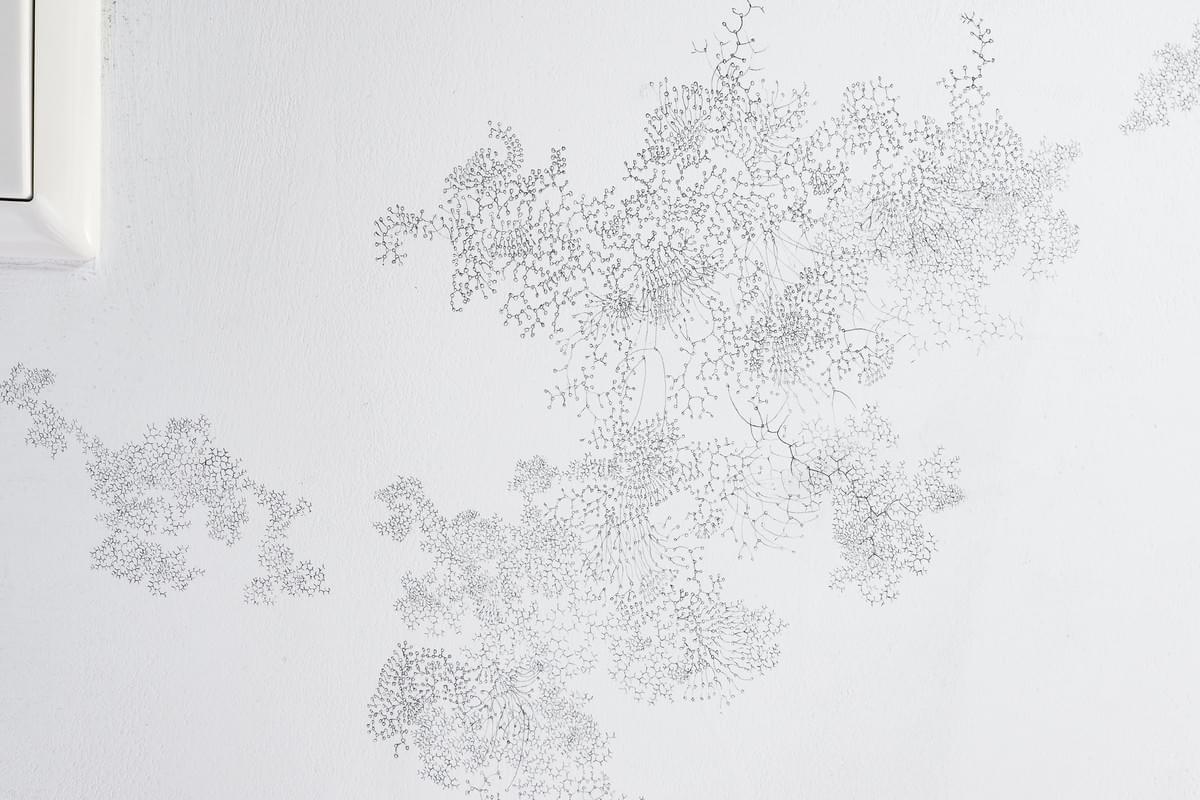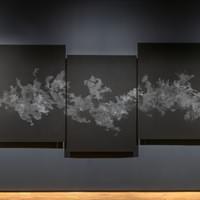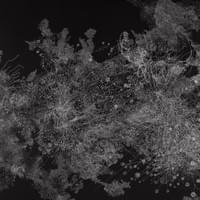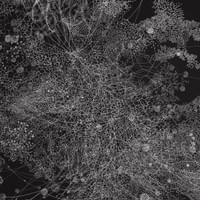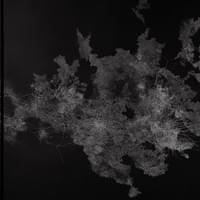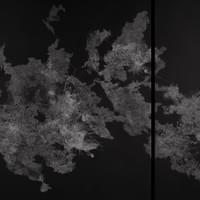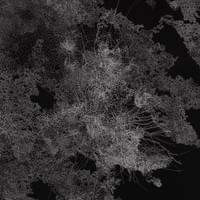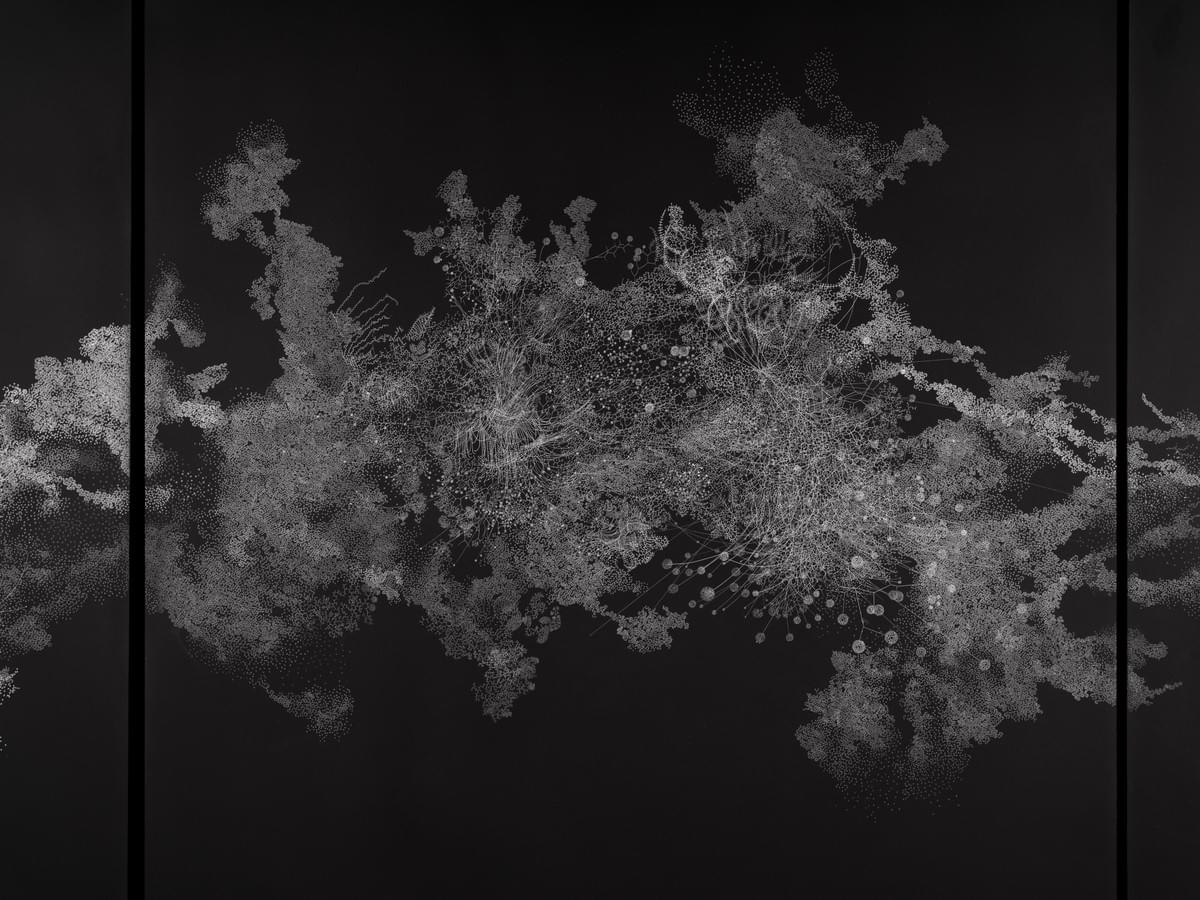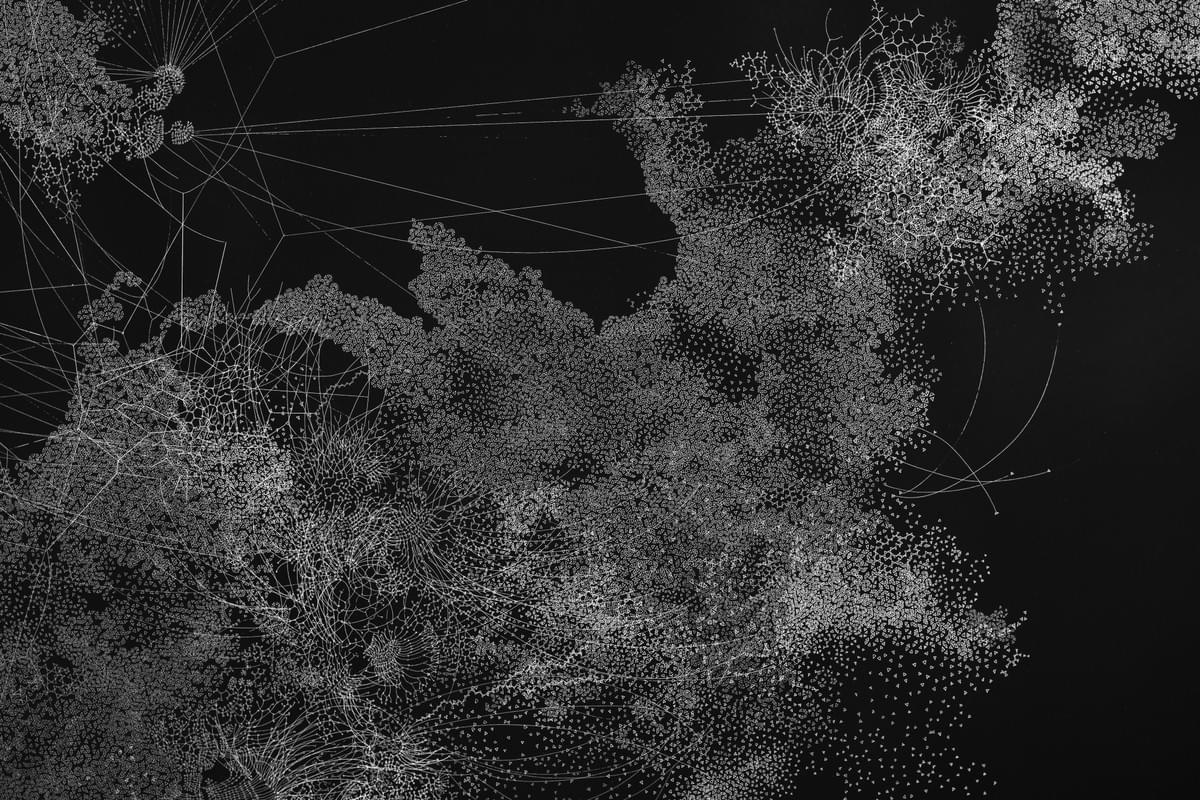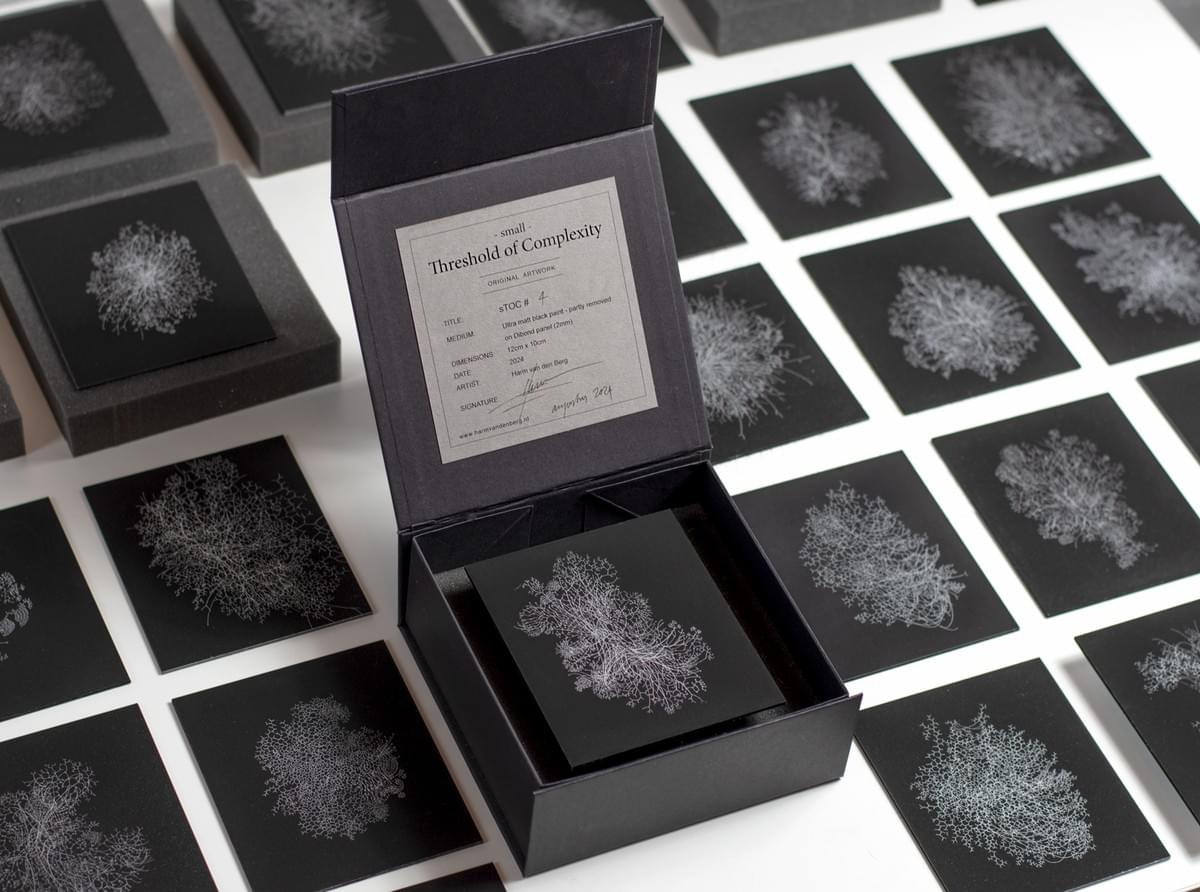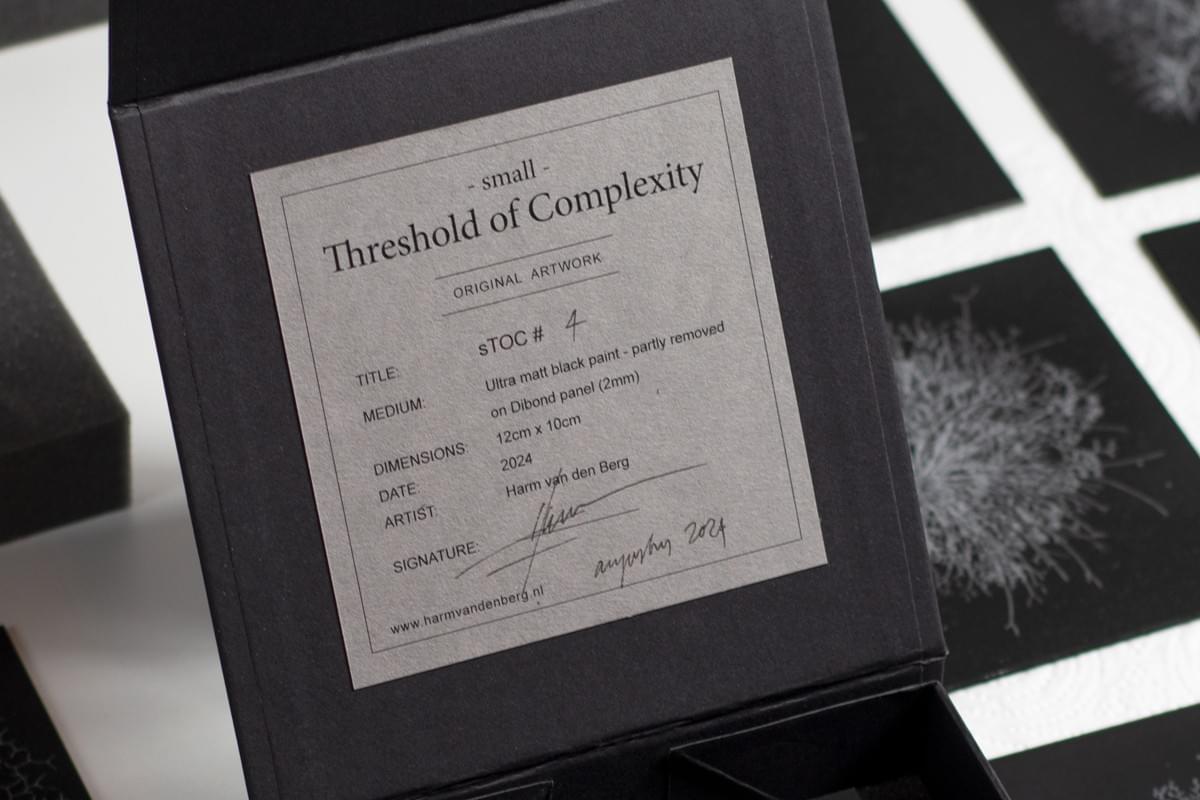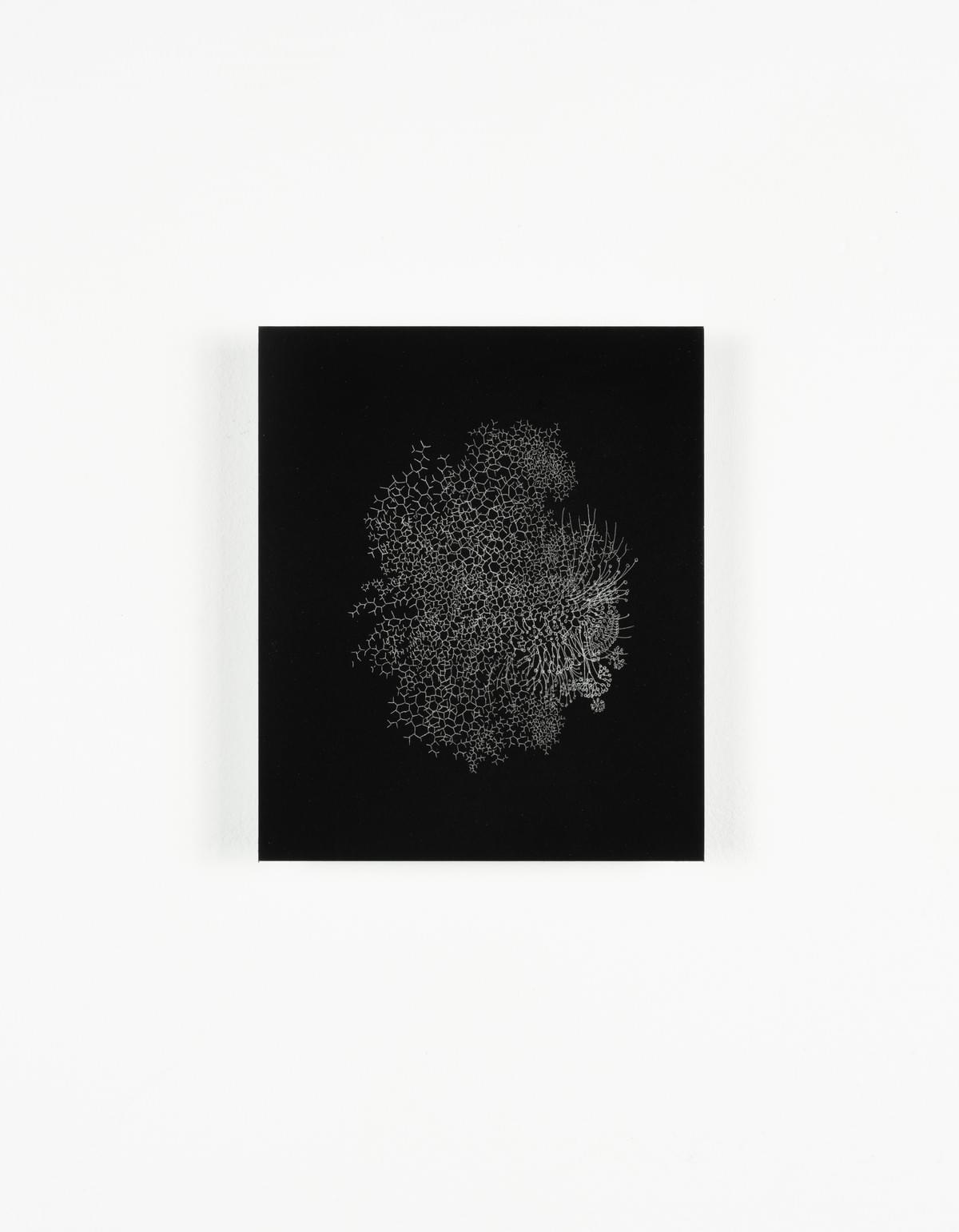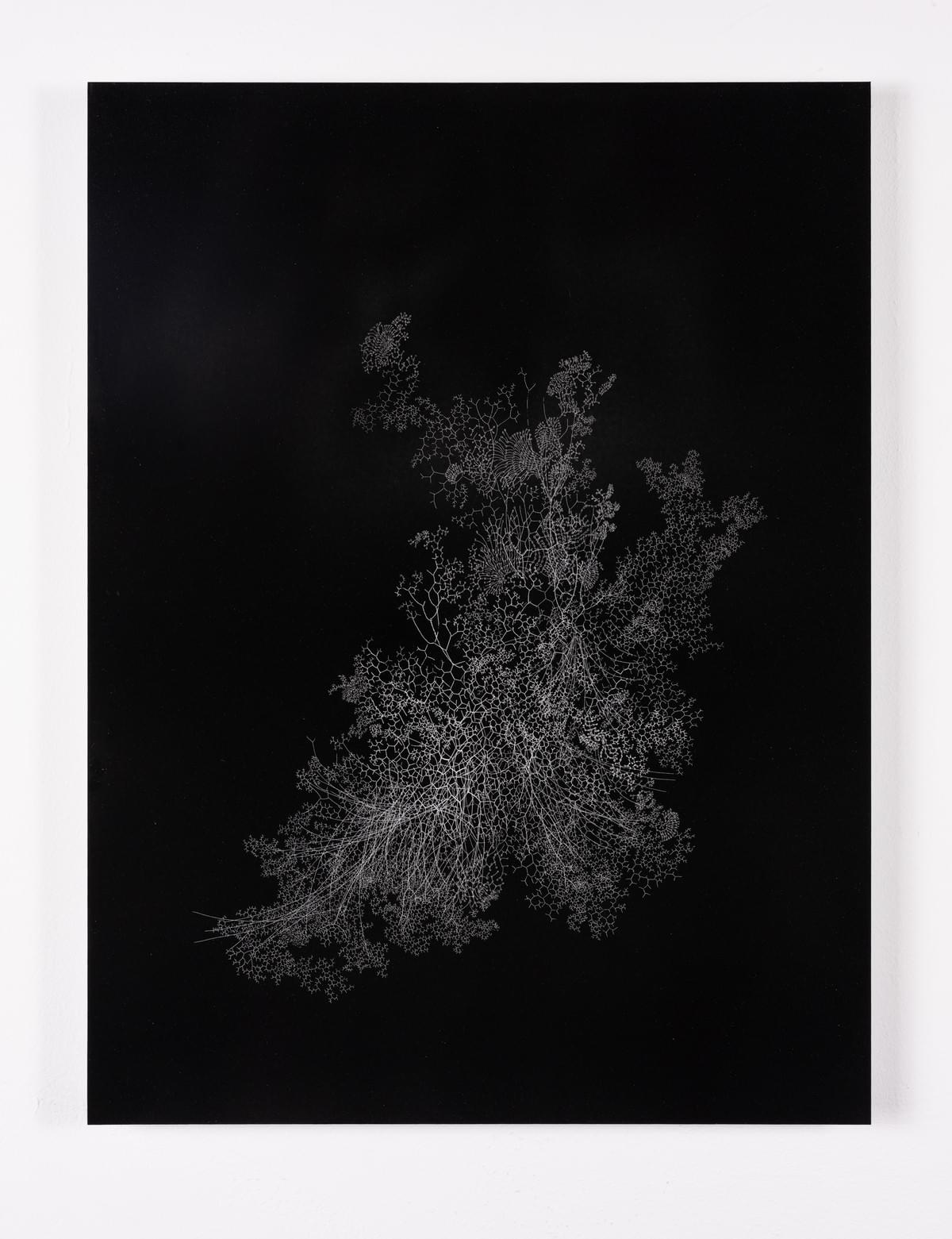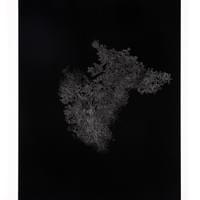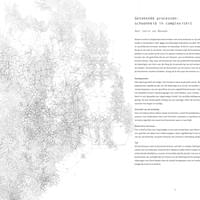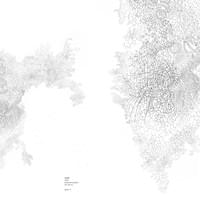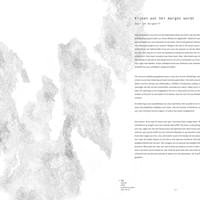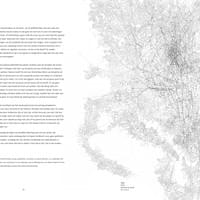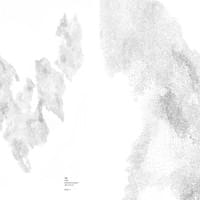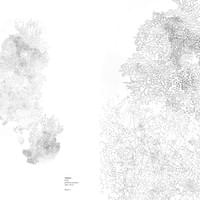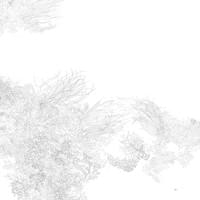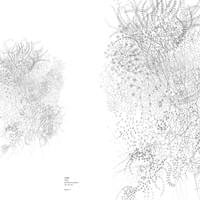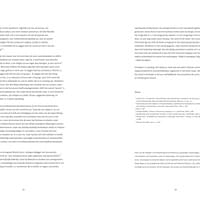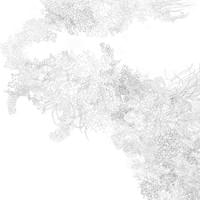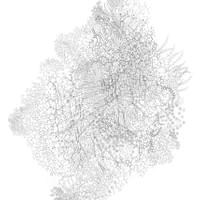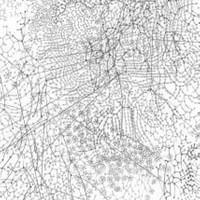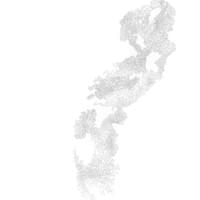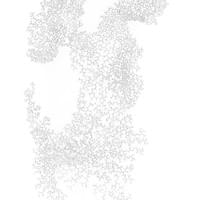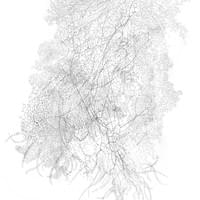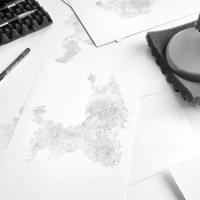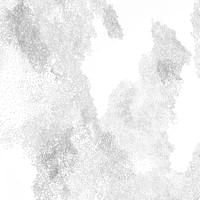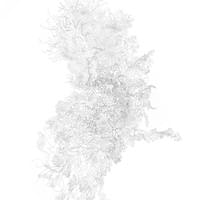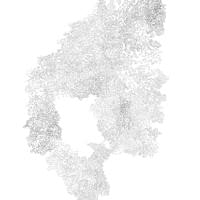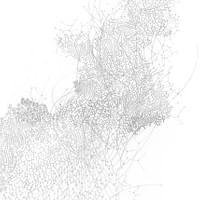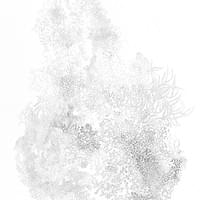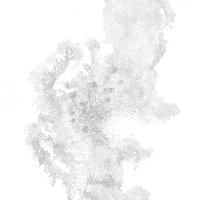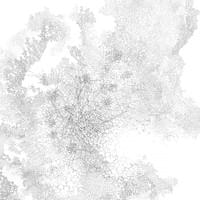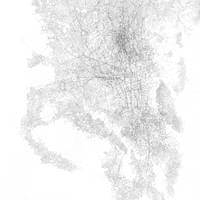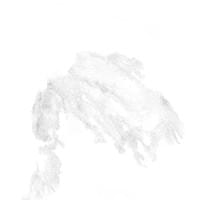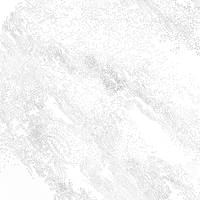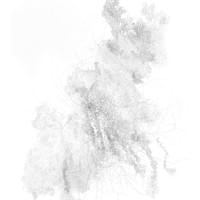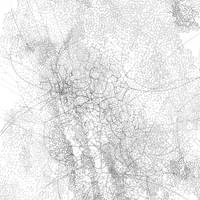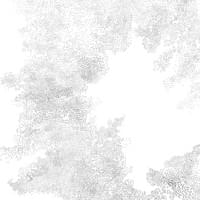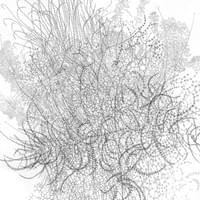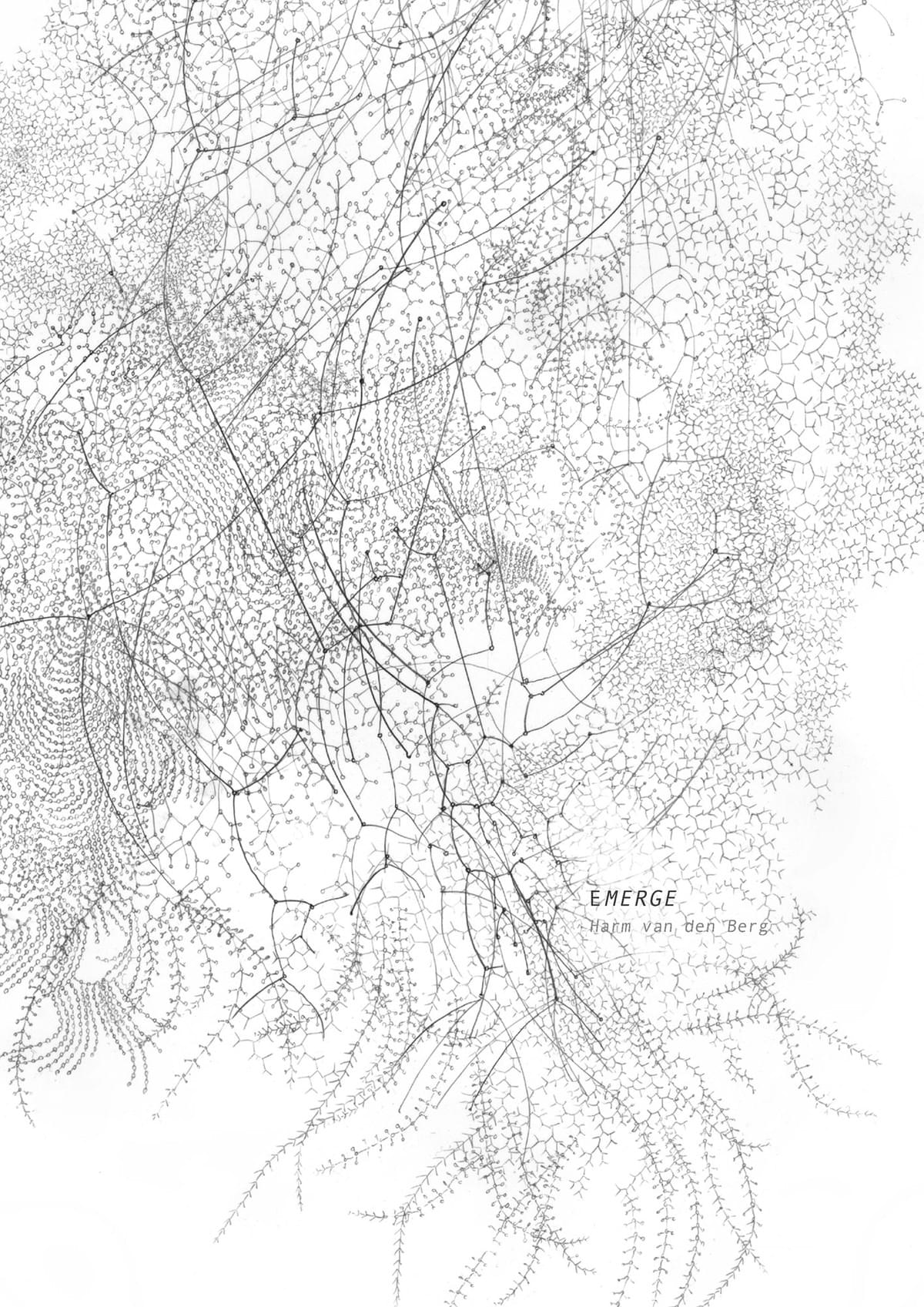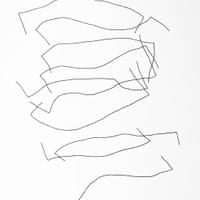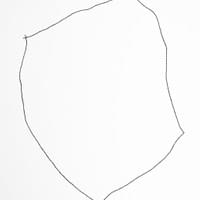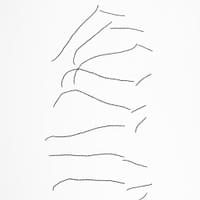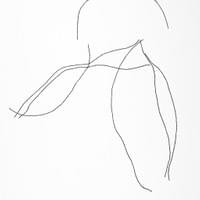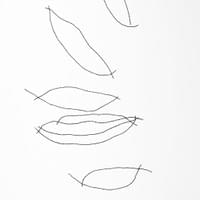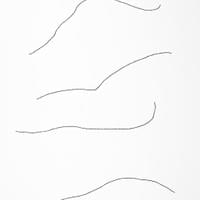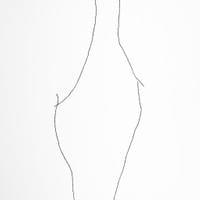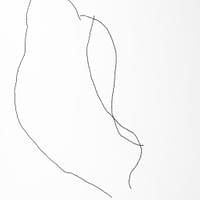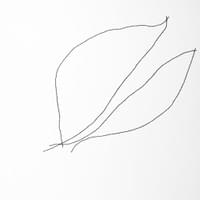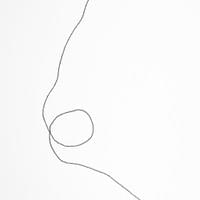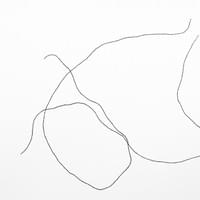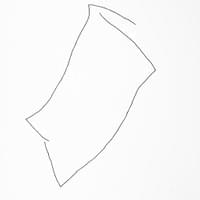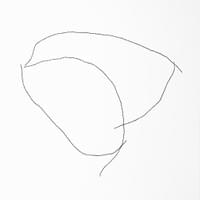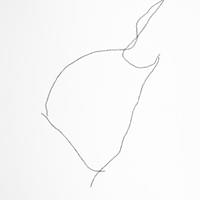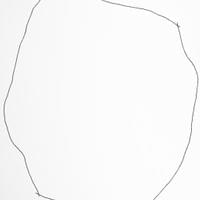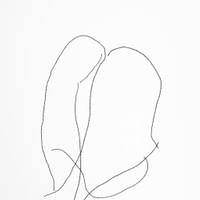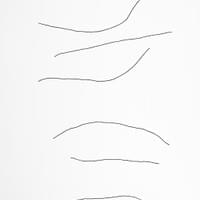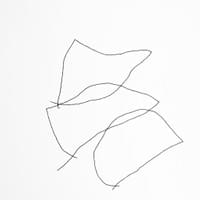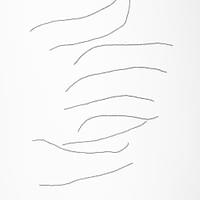
__drawings
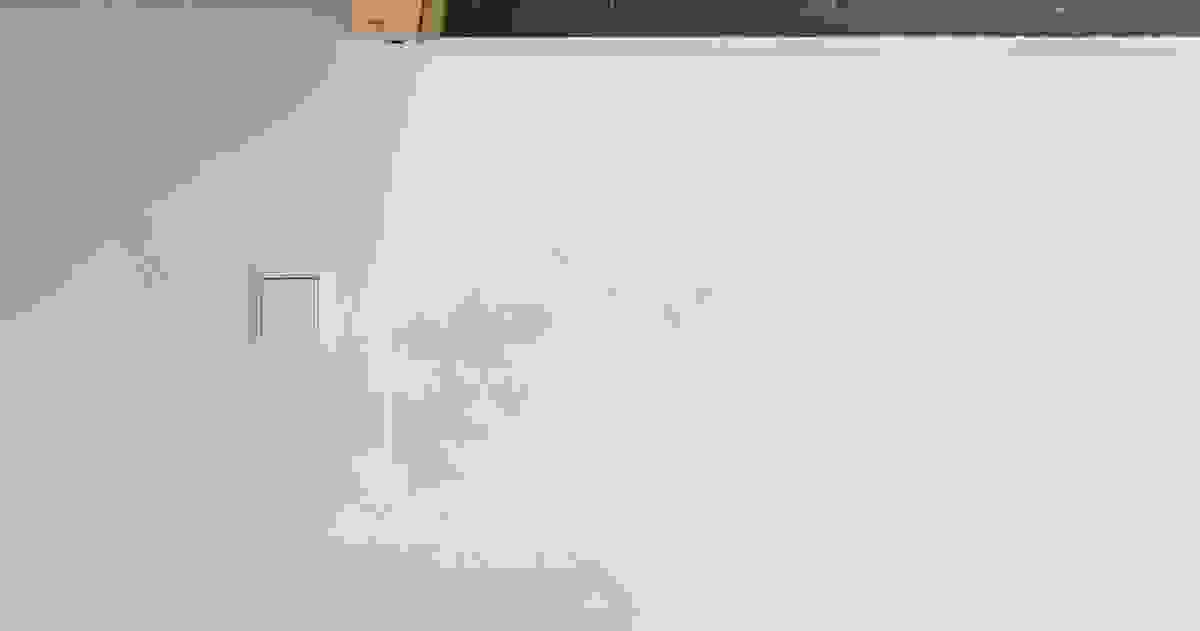
Visitor, 2025, wall drawing, pencil, 65 x 120 cm

Visitor, 2025, detail

Wall drawing at:
STOKKER JAEGER
Underground
THE BASEMENT SHOW ContinuesLomanstraat 112, Amsterdam
Open Friday–Saturday, 1–6 PM
16 May – 19 July 2025Artists:
B. Wurtz (USA)
Eleye Boerenkamps (NL)
Lucky DeBellevue (USA)
Guy de Cointet (FR)
Femke Dekkers (NL)
Sander van Deurzen (NL)
Kimball Holth (AUS)
Judith Hopf (DE)
Marijn van Kreij (NL)
Wjm Kok (NL)
Gerlach en Koop (NL)
Matthew McCaslin (USA)
Emmeline de Mooij (NL)
Helma Pantus (NL)
Rob Pruitt (USA)
Steel Stillman (USA)
Esther Tielemans (NL)
HW Werther (NL)
Voebe de Gruyter (NL/BE)
Harm van den Berg (NL)
Paul Drissen (NL)
Brieke Drost (NL)
Maria Roosen (NL)Music: Alan Licht – A New York Minute
This all-friends exhibition and first show curated at project space STOKKER JAEGER features small works, some specifically prepared for this jam-packed exhibition.
photo: Lily van der Stokker
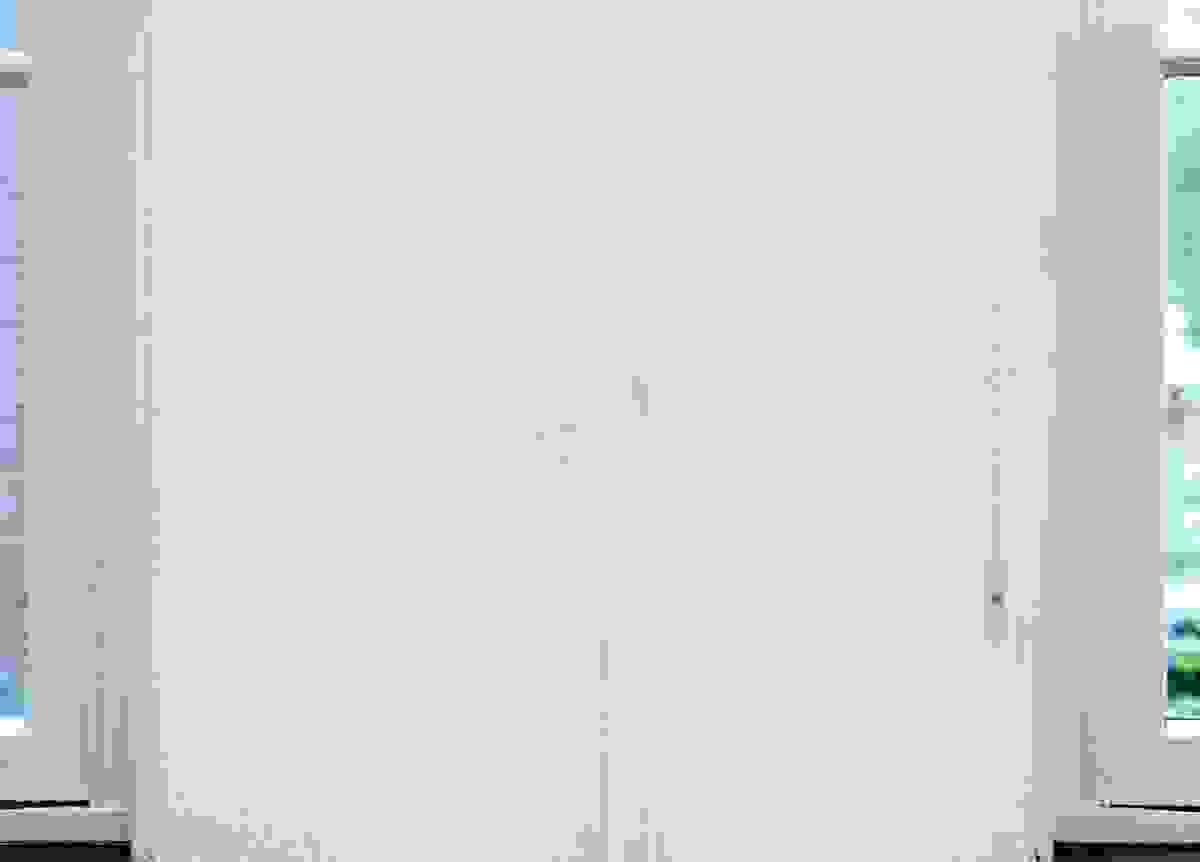
Crawl, 2025, pencil on wall, puntWG, WG Tennants
Group show with artists from the community
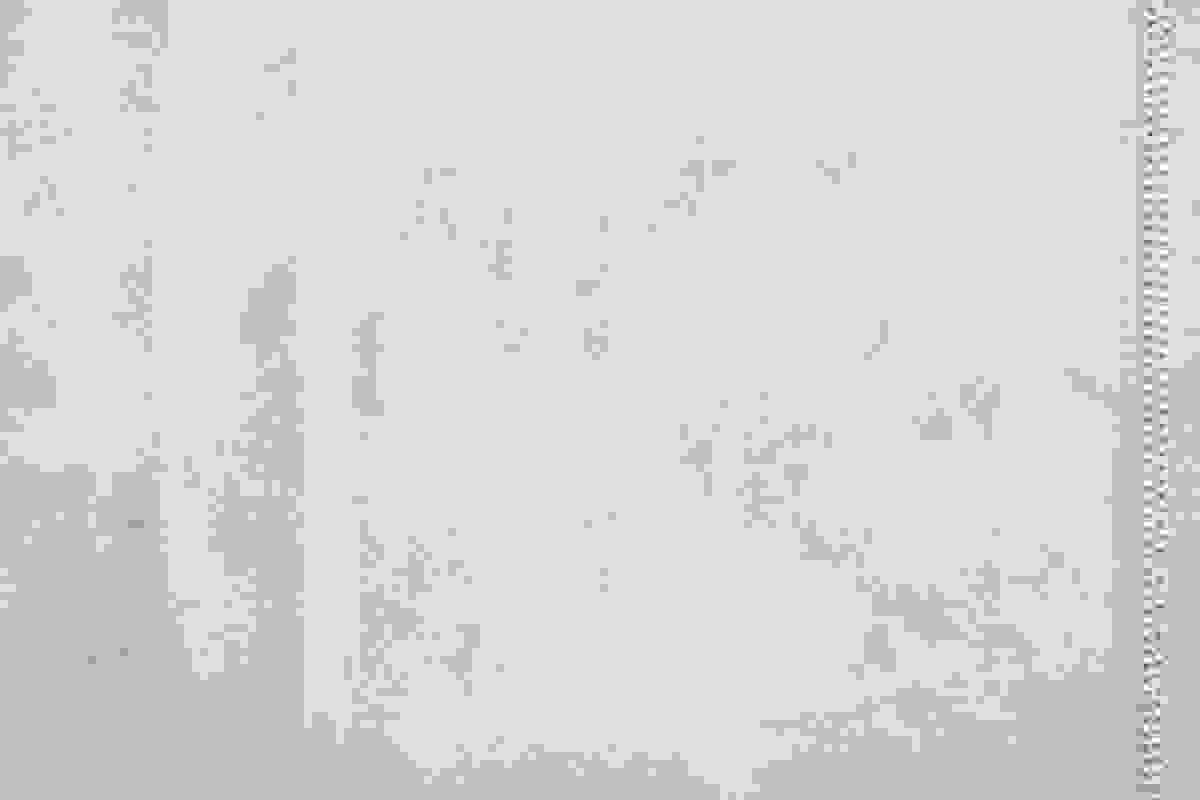
detail

Threshold of Complexity at Kunsthal KAdE, 2024, black paint on Dibond panels, 2,5 x 7,1 m

Detail of panel V

Overview installation Threshold of Complexity, 2024, at Kunsthal KAdE, seven panels, 2,5 x 7m.
Threshold of Complexity
For the exhibition Sleep! at Kunsthal KAdE, Harm van den Berg created a large drawing installation: an elongated network drawn on panels with a total length of seven meters. For this work, he used a special technique called sgraffito, in which he meticulously removes black paint from the surface with a fine needle, revealing a delicate white web.
The title of the work, Threshold of Complexity, refers to the point at which components in a network reach a certain level of organization, resulting in the spontaneous emergence of new properties. This phenomenon can be observed in ants, which, as a colony, create a form of collective intelligence, or in birds that form unique shapes in the air as a flock. It may also occur in the human brain, where consciousness and emotions arise from the highly complex neural network.
Van den Berg's intricate, network-like drawings are created in a similar manner. During the drawing process, new forms spontaneously emerge through the repeated application of minute graphic marks. For the artist, this is a way to visualize the dynamics of complex organizational processes that often lie hidden beneath the surface of reality.Click on thumbnails and (double) click on picture to zoom:

Detail of panel V

Detail of panel IV

Detail of panel III

Special edition of small original study drawings, available for purchase at the museum shop at Kunsthal KAdE. Each drawing comes in a small box with a hand-signed certificate of authenticity. These works are available in a limited quantity.


sTOC #19, 2024, 12x10cm, black paint on Dibond, partly removed with a fine needle.
Private collection

sTOC #32, 2024, 40x30cm, black paint on Dibond, partly removed with a fine needle.
Private collection

C_tvN01, 2021, pencil on paper (detail)

TL_01, 2019, 35x25cm, aluminium frame with non-reflective museum glass.

Installation view The Invisibility of Colour, 2023 at galerie SANAA, Utrecht, NL

C_tvL02, 2021, Potlood op papier, 63x47cm

C_tvL02 (detail)

Drawings at Art Noord IV, Museum Belvédère (06.10.22 - 09.10.22)


Cvl_02, 2022, pencil on paper, 63x47cm


Drawings at Punt WG, Amsterdam (21.12.21 - 09.01.22)
group show with Marieke Zwart, Jasper Coppes, Tao G. Vrhovec Sambolec
Click on thumbnails and (double) click on picture to zoom:

Geestdrift festival, Pieterskerk, Utrecht

Installation view of new drawings at Kunstrai 2021

Publication Emerge 2019/2020

Tekst van Len Borgdorff in het literaire tijdschrift LITER

Drawings at Liter magazine
Harm van den Berg © 2025

